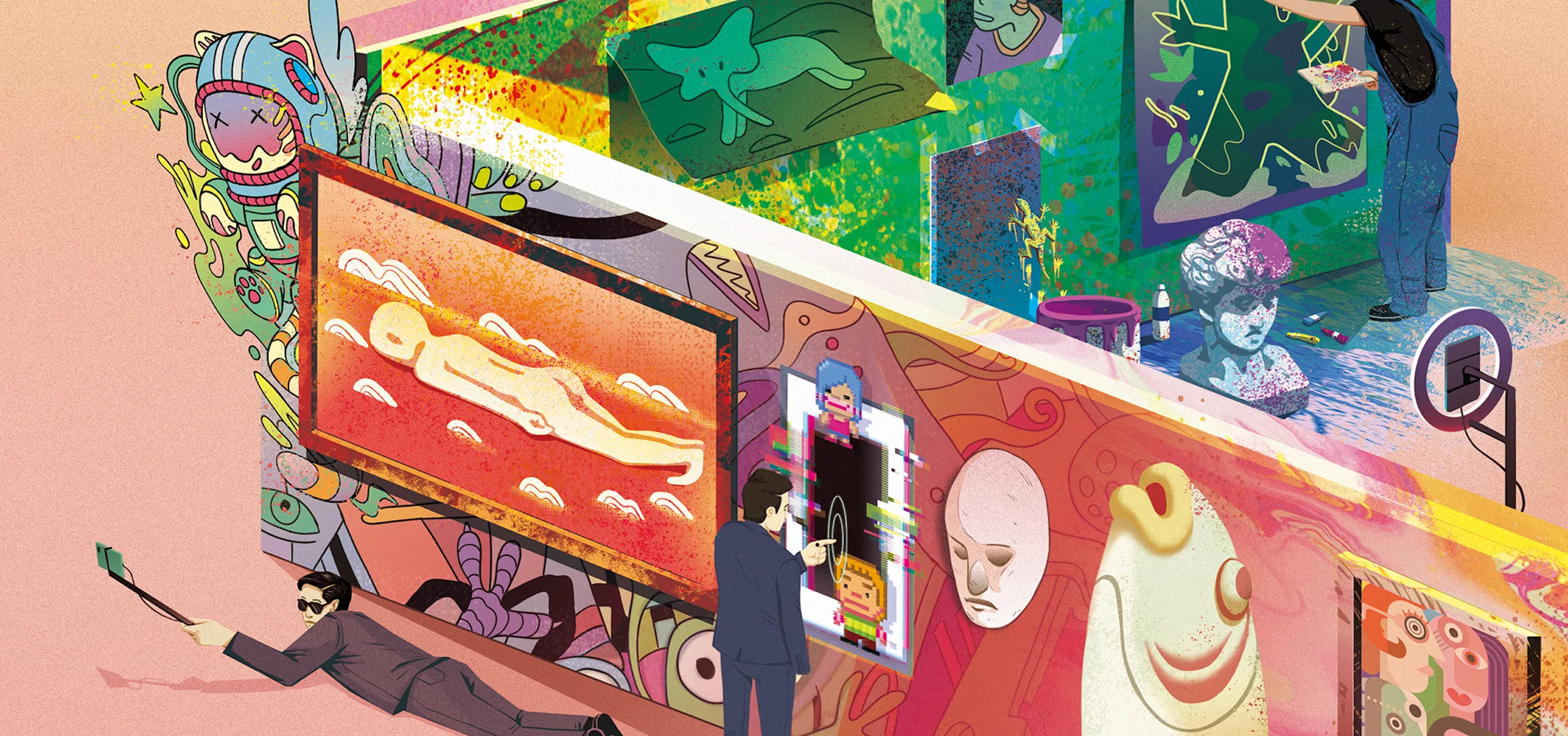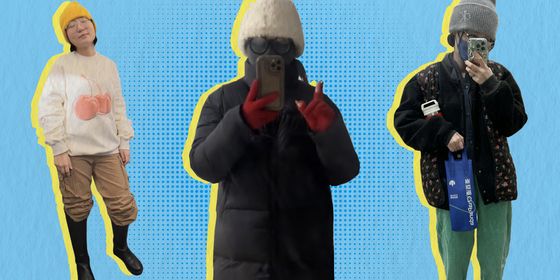Young, middle class collectors are bending China’s art market to their own tastes
Every summer, the fifth floor at the five-star Peninsula Hotel in the heart of Beijing transforms for a weekend-long extravaganza. A few dozen suites open their doors to visitors who walk in to discover colorful diptychs above headboards, abstract sculptures on window sills, glittering jewelry in drawers, and ceramic figurines by bathtubs, all curated by galleries who temporarily occupy these suites as their booths at Art Fair in Hotel (AFIH).
Unlike most art fairs, where galleries promote and sell their works inside convention centers, “AFIH feels more approachable,” Wang Di, a visitor, tells TWOC, “Although there are expensive items, the overall vibe is more like hawkers selling paintings.” While some price tags show a longer string of zeros, the fair has a wide selection of items priced between a few hundred to a few thousand yuan, affordable to those who might not want to spend more than a fraction of their monthly income on these works.
According to AFIH’s survey in 2021, 55 percent of the fair’s visitors identify themselves as white collar workers, part of a rapidly growing demographic of middle-income individuals who now make up 30 to slightly over 50 percent of China’s population, according to various definitions including from China’s National Bureau of Statistics.
Collecting Trends: How Middle Class Buyers Influence China’s Art Market is a story from our issue, “State of The Art.” To read the entire issue, become a subscriber and receive the full magazine.













